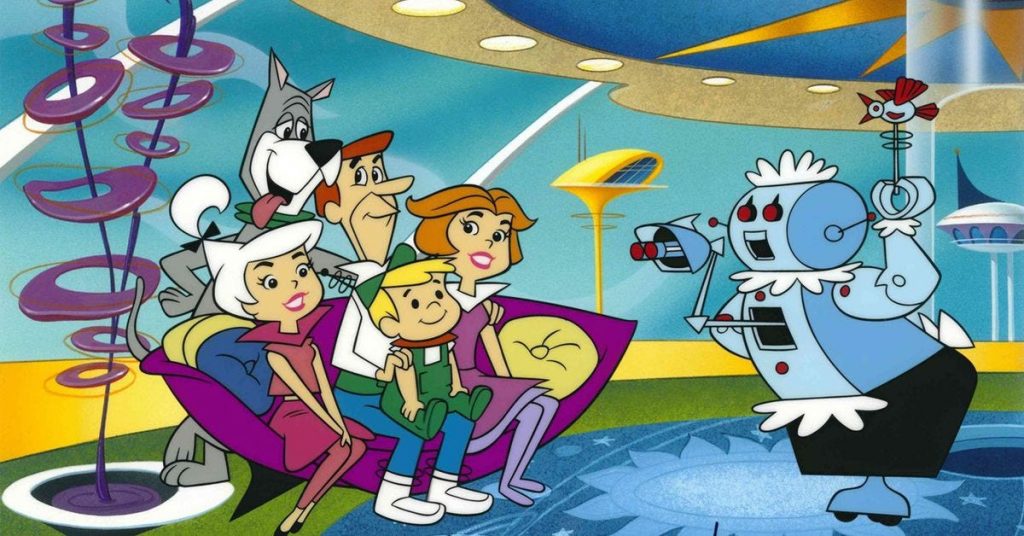
Is Rosie the Robot Maid from the Jetsons here yet? Several different types of humanoid are currently deployed commercially or in trials. We’ve come along way since the DARPA Robotics Challenge of 2015/2016, where the most popular footage was the blooper reels of robots falling over and failing to open doors or climb stairs.
The Avatar XPrize of 2019-2022 showcased some extremely sophisticated humanoids that certainly advanced the state of the art but the holy grail of humanoid robots is combining incredible sophistication into a sub $50,000 package. Why $50,000? Wouldn’t some companies pay a lot more? Then again, can’t we buy a car, also a very sophisticated device capable of partial autonomy that is 5 times the size of a humanoid, for less than $50,000? Why is this the benchmark for humanoids?
$50,000 is the annual wage for a single shift of labor at slightly more than $18/hour or minimum wage in every low wage industry. There is a terrible labor shortage and it is the dirty dull and dangerous jobs that are hardest for employers to fill. Companies that can afford to run two or more shifts a day also have more alternatives when it comes to filling their labor gaps. It’s the small to medium size enterprise that is suffering the most in our current economic and demographic conditions.

We don’t need a Six Million Dollar Man.
We need a $50,000 humanoid.
The roll out of sophisticated new robots and how we integrate them into society is at the heart of my early research and my current roles as the Managing Director of Silicon Valley Robotics (explain), VP of Global Robotics for AMT (explain) and the VP of Industrial Activities for the IEEE Robotics and Automation Society (explain).
As more and more companies announce their work towards the affordable humanoid robot, I wanted to create a reference chart for myself, and realized that it might be of interest to others as well. The ranking system is just my own opinion and it will be fascinating to see who succeeds and progresses over the next few years. Enjoy this overview and make up your own minds as to which humanoid robot is really the best.
Who’s in the running? (in alphabetical order by company not robot)
- 1x – Eve
- Aeolus Robotics – Eva
- Agility Robotics – Digit
- Apptronik – Astra
- Boston Dynamics – Atlas
- Comma.ai – body
- Devanthro – Robody
- Engineered Arts – Ameca
- Figure – Figure01
- Giant.ai – Universal Worker
- IIT – ErgoCub
- PAL – Reem-C
- Prosper Robotics – Alfie
- Sanctuary – Phoenix
- Tesla – Optimus
- Toyota – T-HR3
Who isn’t in the running?
Hollywood Humanoids
Hollywood Humanoids are one off robots for the purpose of entertainment, like Sophia from Hanson Robotics, Xoxe from AI Life, or Beonmi from Beyond Imagination. ….
Chinese robots
It’s too hard for me to validate that they exist, work as advertized, and what the specifications are.
Research robots
Love them but they have a different purpose. Only robots with commercial deployment plans, and ideally, a price tag and a date in 2023 or 2024 when they’ll be available for purchase, if they aren’t already being sold.
Not humanoid
I also love robots that work like a humanoid but don’t look human-like. We saw some examples in the DARPA Robotics Challenge, most notably RoboSimian. Once we go down that route, all quadrupeds, and multi-armed robots or wheeled humanlike robots, would qualify. Who knew there were so many robots!
Who have I missed?
I’m hoping to crowdsource some more great robots 🙂
Read the original article on Substack.


Andra Keay is the Managing Director of Silicon Valley Robotics, founder of Women in Robotics and is a mentor, investor and advisor to startups, accelerators and think tanks, with a strong interest in commercializing socially positive robotics and AI.





